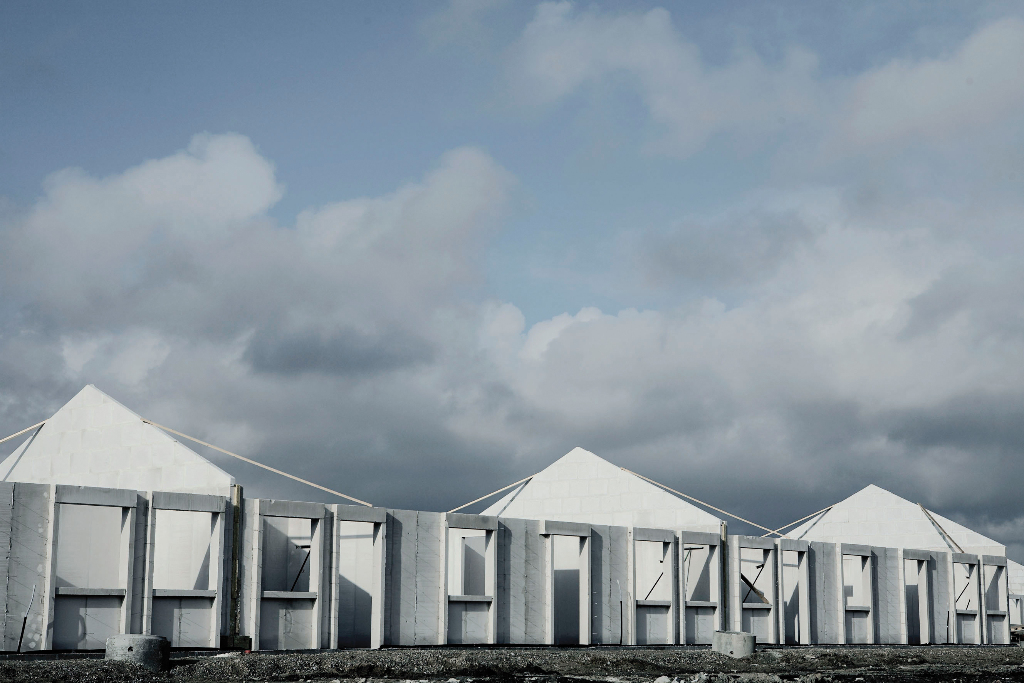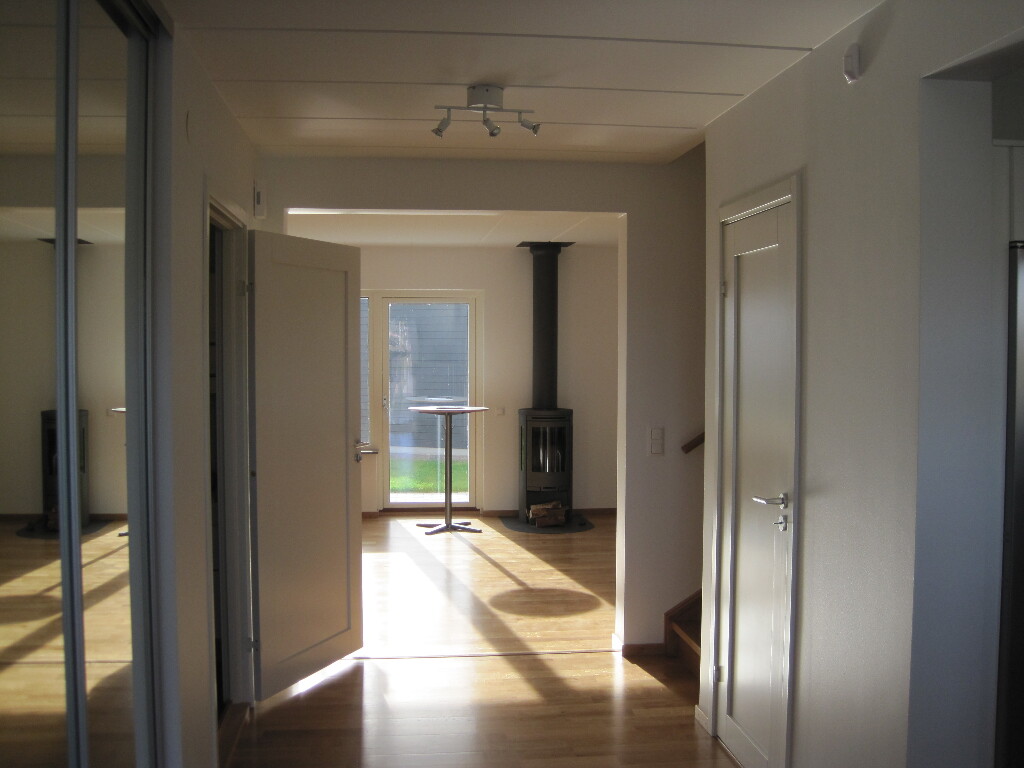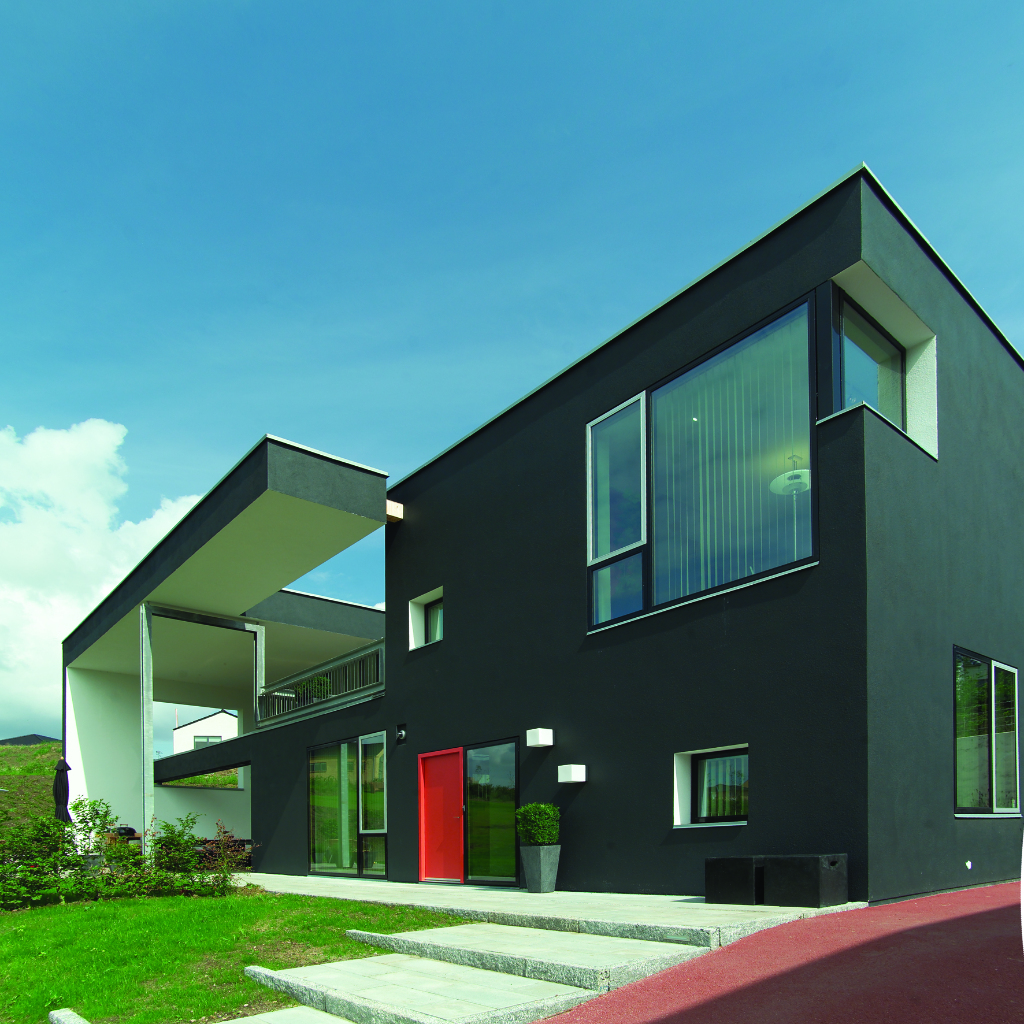News & Markets
Building material with a bright future
AAC – Providing Sustainable Building Solutions
Loading...
Clifford Fudge is a Chartered Structural Engineer and was until recently Group Innovation Manager for H+H International AS (manufacturers of AAC masonry products), and Technical Director of H+H UK Limited overseeing R&D, technical support services and marketing. His current role is as Director of External Affairs. He is Vice President of EAACA, the European AAC Association, Chairman of the European Masonry Alliance and Past President of the International Masonry Society. His 38 years of service with H+H UK Limited has resulted in a wide- ranging experience with AAC masonry and precast concrete products, both in their design, production and their applications.
AAC in low energy homes/Passiv House
High energy efficiency is one of the determining characteristics of autoclaved aerated concrete. AAC’s cellular structure gives it a thermal efficiency 10 times higher than that of aggregate concrete and two to three times better than clay brick. Consequently, buildings made of AAC are warm in winter and cool in summer.
With buildings accounting for 40% of the EU’s energy requirements, greater use of AAC, both in construction and renovation, offers an immediate solution to cutting the energy consumption of residential and non-residential buildings across Europe.
AAC’s excellent inherent thermal insulation properties not only reduce the need for space heating and cooling, thereby cutting carbon dioxide emissions and combating climate change, but also make the use of additional insulation materials unnecessary. EU insulation requirements can be met by using AAC alone.


Construction Solutions in AAC
Significantly inherent product characteristics lead to AAC being an important product of energy efficient constructions in Europe, hence the reason why the use of AAC continuously increased during the past decades. Monolithic AAC masonry and AAC masonry with marginal additional insulating layers are among the common exterior wall solutions in energy efficient constructions. A single solid leaf of AAC masonry or element can be used to meet all the requirements for the house wall design. This provides a cost optimal solution resulting in an overall structure that is robust and durable, with over 80 years of experience. Despite low heat conductivity AAC disposes a relatively high density. That means that high room temperatures in summer – as nowadays reported of highly insulated houses – can be reduced with AAC constructions. As a consequence, constructions with AAC are able to avoid or/and reduce the energy demand for cooling. Therefore, especially for hot summer regions (south Europe), AAC can provide a strong contribution to meet the goals of CO2 reduction even under these special conditions.


Types of construction blocks and -elements
There are three established ways to construct a well insulated masonry for a nearly zero energy building.
1. Monolithic wall construction
2. Monolithic wall construction with the combination of insulating material
3. Cavity wall with insulation
All three types of construction are used across Europe to achieve the National regulatory standards for energy efficiency in each country. Cavity walls are popular in the countries where the incidence of high wind driven rain prevails. This tends to be around the North Sea coastlines of northern Europe. It is also a fact that some countries have national and historical reasons to clad the outside in other materials. In cavity walls, AAC usually provides the supporting structure and thermal insulation combined with additional insulation in the cavity. The inner skin of the cavity wall can be in either AAC masonry or storey height elements. There are innovations in AAC and insulation combinations that allow a single block to be laid which effectively provides the whole through the wall insulation.
For solid walls, there is again the option of AAC masonry or storey height elements. Such constructions offer cost effective solutions to achieve all of the functional requirements of the building with just a single material. As regulations across Europe get more and more stringent, the solid walls of AAC are sometimes constructed with additional external insulation systems.
Thin layer constructions
AAC is ideally suited to thin layer mortar construction. The AAC products are manufactured to high dimensional tolerances. As a result, mortar joints are reduced to 1 to 3 mm in thickness. The thin layer mortar sets very rapidly. As a result, the speed of construction is significantly increased and the effect of heat loss through the mortar joint is negligible. The method is particularly suited to solid wall construction.
Linear Thermal bridges
AAC is an isotropic building material showing the same characteristics in any spatial direction assuring low energy losses at corners and joints (thermal bridges) of buildings. In buildings with low envelop U values, thermal bridging causes a higher amount of thermal transmission. AAC provides a solution to this design issue by providing solutions developed to reduce the heat loss, including construction products such as AAC lintels and slabs, which further reduce thermal losses.

Air tightness
Airtightness also becomes a key factor in the overall heat loss balance. AAC can be used to great advantage, since it is intrinsically airtight; constructions do not need additives such as foils or other artificially produced materials that are used in order to guarantee air tightness. In addition, the indoor air climate is healthy with no mould growth and with a good humidity control. Measurements prove that low infiltration rates can be obtained from on site testing. This explains why solid constructions can compare with lightweight frame constructions in all cases. To the contrary: the AAC capacity to keep the moisture out of the room leads to a comfortable and healthy internal environment.
Thermal mass
Constructions from AAC lead to a reduction of overheating by its thermal mass and ability to retain heat during the hot periods and release during the cooling period. Good storage properties lead to a balanced room climate and offer an essential precondition for the comfort of inhabitants. AAC has both low thermal conductivity and an inherent heat storage capacity. In summer the room temperature in AAC buildings on average is 3-5 °C lower than in lightweight constructions. The cooling load in AAC buildings basically to be covered by electricity is solely reduced caused by the good combination between low thermal conductivity and high storage capacity by 10-15 %.
Fire
Autoclaved aerated concrete provides the highest security against fire and meets the most stringent fire safety requirements. Due to its purely mineral composition, AAC is classified as a non-combustible building material. It is both resistant to fire up to 1200°C and, unlike other construction materials, heat-resistant.

LCA with carbonation, Circular economy and Roadmap
Throughout the life cycle of AAC, potential waste is reused or recycled wherever possible to minimise final disposal in landfill. AAC can also make a positive contribution during its lifetime by taking CO2 out of the environment in use. In addition, the material has important characteristics associated with end of building life that can make a positive benefit to the Life Cycle Analysis and Circular Economy.
Many AAC manufacturers have taken on a voluntary commitment to recover separated and sorted AAC waste from construction and demolition sites for recycling and reuse. Where AAC waste is sent to landfill, its environmental impact is minor since it contains no toxic substances.


You can see a presentation on this topic presented by Dr. Clifford Fudge given during the ICCX digital 365. Registration is free of charge and all presentations are available on-demand.
Scan the QR-code with your smartphone, register free of charge for the ICCX digital 365 and watch the presentation. Or follow this link: https://iccx.org/digital-365/visitor-registration
